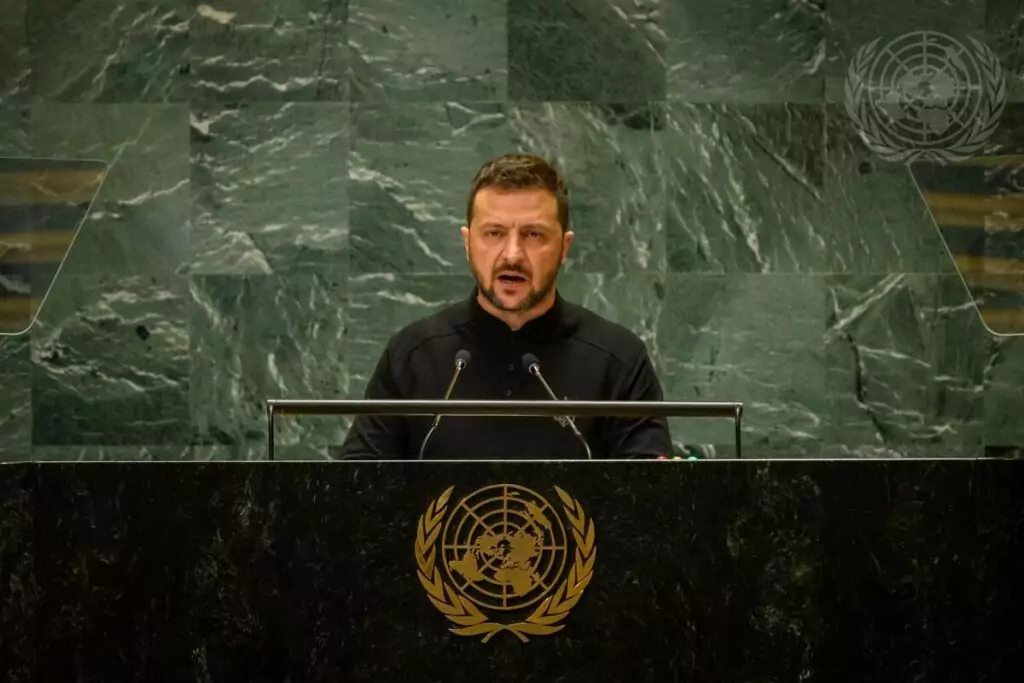Abu al-Ghadia to Build on al-Zarqawi’s Legacy in Iraq
Abu al-Ghadia to Build on al-Zarqawi’s Legacy in Iraq
Very little is known about one of the late-Abu Musab al-Zarqawi’s top operatives, Abu al-Ghadia al-Soori (or sometimes known as Abu al-Ghadia al-Shami). Some refer to his real name as Sulayman Khalid Darwish. There is no photograph of Abu al-Ghadia, and not a single interview with him. No one in Syria will confess to having met him, not even classmates who had graduated from Damascus University Dentistry School with him in the 1990s. Arab newspapers ran a story in July 2005 saying that he had been killed in a U.S. air strike (as part of Operation Spear) in the al-Qaim village, near the Syrian-Iraqi border; Iraqi TV, however, said that he had been killed in the Sunni Anbar province. Nothing was revealed about him back then, except that he was al-Zarqawi’s right-hand man. Both stories appeared to be false, however, as his name resurfaced after al-Zarqawi’s June 7 death and word spread that he was a candidate for becoming the new “al-Qaeda prince in Iraq.”
The bits and pieces that are known about Abu al-Ghadia reveal that he was born in Syria in 1976 and raised in the suburbs of Damascus. The influential Arabic website, Middle East Transparent (https://www.metransparent.com), claims that he carries two Syrian passport numbers, #11012 and #3936712 (metransparent.com, July 25, 2005). According to the website, he lived in the vicinity of Damascus, leading an ordinary life until going to Afghanistan to join al-Qaeda in the 1990s. Too young to have been active in the Syrian Muslim Brotherhood, which went to war against the government of Syria when he was six years-old in 1982, Abu al-Ghadia was influenced by their teachings. No evidence points to exactly why Abu al-Ghadia abandoned Syria and went to Afghanistan in the 1990s. As a dentist, he should have been able to secure a good income in Syria. Yet, the attractiveness of jihad and the promises of martyrdom probably influenced the young Islamist. He served as one of the main intelligence commanders under al-Zarqawi in Iraq, and is a member of the Mujahideen Shura Council, a coalition of Sunni insurgent groups. He is a co-founder of Jund al-Sham and the Tawhid and Jihad Group in Iraq.
Abu al-Ghadia became close to al-Zarqawi after the invasion of Iraq in 2003. Their relationship had been cemented in Afghanistan after the September 11 attacks. According to Mohammed Makkawi, known by the war name Sayf al-Adl (Sword of Justice), Abu Musab and Abu al-Ghadia became good friends at a training camp in Afghanistan, occupied by 42 Arab families, three of which were Syrian (metransparent.com, testimony of Mohammed Makkawi on May 29, 2005). Al-Zarqawi took Abu al-Ghadia under his wing, personally training him in the use of firearms and explosives. He also took lessons in topography and electronics. He received further training in the Palestinian Ain al-Hilweh refugee camp in Lebanon, becoming a master of document fraud. From hereon, al-Zarqawi relied on him to secure fake passports for jihadists traveling around the world. The young Syrian had accompanied al-Zarqawi to Jordan where he introduced al-Ghadia to a Jordanian woman. They married and moved to Iraq to join al-Zarqawi after 2003 (al-Arabiya, June 8). Shortly afterwards, his name emerged as one of the terrorists whose property in the United States, if any, was frozen by the U.S. government.
Abu al-Ghadia also worked as al-Zarqawi’s moneyman in Iraq (metransparent.com, July 25, 2005). He is said to have channeled $10,000-$12,000 to al-Zarqawi every 20-25 days. This money came from Islamic sources in the Arab world. In 2004, Abu al-Ghadia was charged with building bridges with “Arab Afghans” who had fought with Osama bin Laden against the Soviets in the 1980s. Many had been dispersed after the war in Afghanistan, and Abu al-Ghadia was asked to find them and recruit them to work with al-Zarqawi in Iraq.
In February, Jordan sentenced Abu al-Ghadia to death in absentia. He, like al-Zarqawi, was found guilty of planning chemical attacks in Amman. Among other things, both al-Ghadia and al-Zarqawi wanted to target Jordanian intelligence services and the U.S. Embassy in Jordan in April 2004. Abu al-Ghadia was sentenced for sending money to al-Zarqawi and recruiting and training members of al-Qaeda in Iraq (al-Jazeera, May 24, 2004). Another Syrian, Anas Sameer al-Sheikh (19 years-old), was arrested and also sentenced to death. He is believed to have been recruited into al-Qaeda by Abu al-Ghadia. Jordanian TV had interviewed some of the terrorists, and one confessed to having received funds, fake passports and arms from al-Ghadia, who charged him with setting up an arms factory on the Iraqi side of the Syrian-Iraqi border. These activities show that despite the death of al-Zarqawi, al-Ghadia will continue to work with al-Qaeda and build on al-Zarqawi’s legacy in Iraq.


